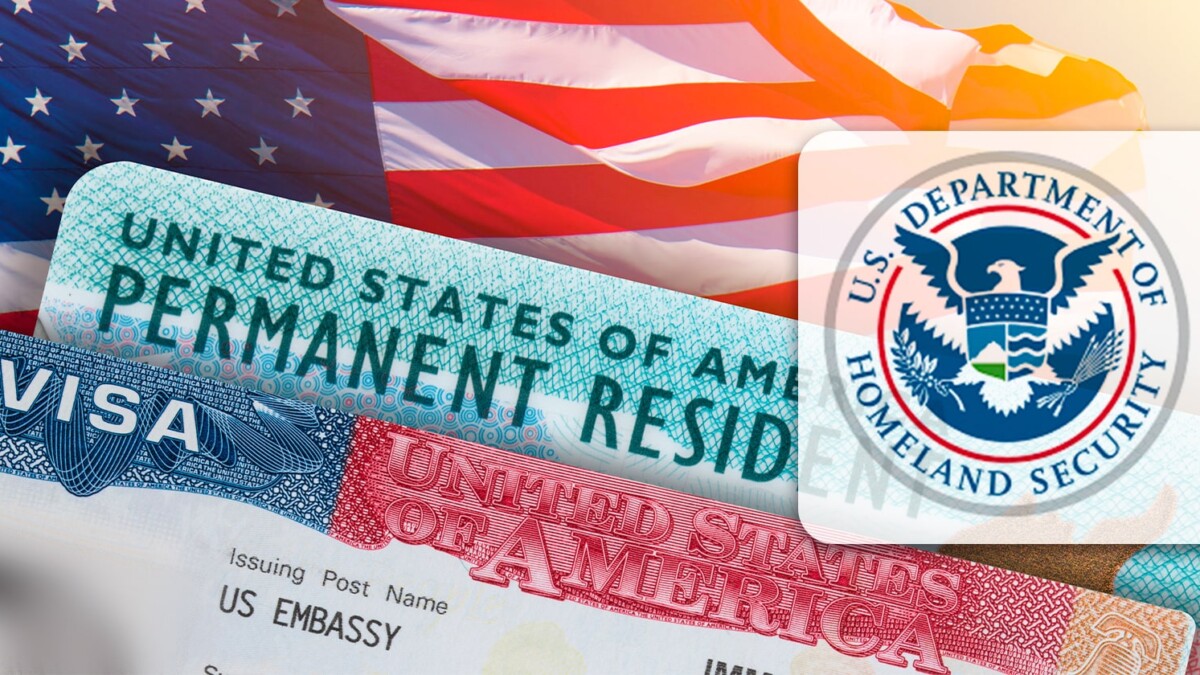The United States Citizenship and Immigration Services (USCIS) has updated the income limits for sponsoring family members’ entry into the United States with a permanent visa in 2024.
According to USCIS, the economic income limit rates that indicate the possibility of sponsorship are based on the Department of Health and Human Services (HHS) Poverty Guidelines, which have been in effect since March 1, 2023.
Thus, to assist in the process followed by the sponsor pursuing family reunification, it is necessary to refer to the Poverty Guidelines to complete Form I-864, Affidavit of Support, under section 213A of the Immigration and Nationality Act (INA).
What should I do to request my family member’s permanent entry into the United States?
As a sponsor, you must submit to USCIS Form I-130, Petition for Alien Relative, which you can access from this link.
The sponsor must be a citizen or legal permanent resident of the United States and must demonstrate the relationship with the eligible family member who intends to immigrate or stay permanently in the United States through obtaining a Permanent Resident Card (known as a Green Card).
Once the request is approved, the sponsor must proceed to complete Form I-864, Affidavit of Support, available at this link.
To complete the form, it is necessary to consult the indices set by the poverty table, as they establish a minimum income level according to family composition. Thus, in the affidavit, the sponsor must demonstrate that they meet a minimum income of 125 percent of the Federal Poverty Guidelines.
What do the Department of Health and Human Services’ Poverty Guidelines stipulate?
This poverty table is updated annually and establishes the minimum incomes a sponsor must meet to submit their request for their family member’s entry into the United States, as it is necessary to demonstrate that the petitioner has adequate financial means to carry out their procedure, and the immigrant will not require governmental assistance. Therefore, the minimum amounts are calculated at 125 percent over the federal poverty level.
Household members of the sponsor | 100% of the HHS Poverty Guidelines | 125% of the HHS Poverty Guidelines |
| For sponsors in the U.S. Armed Forces on active duty and who are applying for their spouse or child | For all other sponsors | |
| 2 | $20,440 | $25,550 |
| 3 | $25,820 | $32,275 |
| 4 | $31,200 | $39,000 |
| 5 | $36,580 | $45,725 |
| 6 | $41,960 | $52,450 |
| 7 | $47,340 | $59,175 |
| 8 | $52,720 | $65,900 |
| Add $5,380 for each additional person | Add $6,725 for each additional person |
For example:
A petitioner who wishes to sponsor a family member’s entry into the United States with a permanent visa and supports a household of two people must earn a minimum of $25,550, demonstrating sufficient financial funds to cover the expenses of a third person without the need for government assistance due to the sponsor’s insufficient funds.
According to the official USCIS site, these figures are valid for the 48 contiguous states, the District of Columbia, Puerto Rico, the U.S. Virgin Islands, Guam, and the Commonwealth of the Northern Mariana Islands. For Alaska and Hawaii, the income figures should be consulted in the income tables that appear at this address.
When does my financial responsibility as a sponsor end? It is necessary to point out that the affidavit of economic sponsorship is enforceable to the sponsor until their sponsored family member acquires U.S. citizenship, permanently leaves the United States, completes ten years of work in the country, or dies.
For more information on this topic of economic sponsorship for immigrant family members, access this address that provides updated information from USCIS.
✅Para Recibir TODAS las Noticias GRATIS 👉Síguenos desde Aquí

